Photovoltaic Technology: How Solar Cells Work

Photovoltaic technology, also known as solar cell technology, is a renewable energy source that converts sunlight into electricity. Solar cells are made of materials that exhibit the photovoltaic effect, a phenomenon where certain materials generate an electric current when exposed to light. This groundbreaking technology has been instrumental in reducing our dependence on fossil fuels and mitigating the harmful effects of climate change.
The History of Solar Cells
The concept of harnessing sunlight to generate electricity dates back to the 19th century. In 1839, French physicist Edmond Becquerel discovered the photovoltaic effect while experimenting with an electrolytic cell made of two metal electrodes immersed in an electrolyte solution. He observed that when exposed to light, the cell produced a small electric current. This discovery laid the foundation for the development of modern solar cells.
It wasn't until the 1950s that practical solar cells were invented. Bell Laboratories, a research facility owned by AT&T, introduced the first silicon solar cell in 1954. This groundbreaking invention paved the way for the widespread adoption of photovoltaic technology in various applications, from powering satellites in outer space to providing electricity in remote areas without access to the grid.
How Solar Cells Work
1. Photovoltaic Materials
Solar cells are typically made of semiconducting materials that have the ability to convert sunlight into electricity. The most common material used in solar cells is silicon, which is abundant, affordable, and has the right electronic properties to generate electricity when exposed to light. Other materials, such as cadmium telluride and copper indium gallium selenide, are also used in thin-film solar cells for specific applications.
2. The Photovoltaic Effect
When sunlight hits the solar cell, it excites the electrons in the material, causing them to move from the valence band to the conduction band. This movement of electrons creates an imbalance of charges, resulting in a potential difference or voltage across the cell. By connecting an external circuit to the solar cell, the flow of electrons can be harnessed to generate electricity.
3. Solar Cell Structure
Solar cells are typically made of several layers of different materials that work together to maximize the absorption of sunlight and the generation of electricity. The top layer is usually an anti-reflective coating that minimizes the reflection of sunlight and enhances light absorption. Beneath it is the semiconductor material where the photovoltaic effect occurs, followed by a back contact that collects the electrons and transfers them to an external circuit.
Types of Solar Cells
1. Monocrystalline Silicon Solar Cells
Monocrystalline silicon solar cells are made from a single crystal structure, giving them a high efficiency and long lifespan. These cells are known for their uniform appearance and high power output, making them a popular choice for residential and commercial installations.
2. Polycrystalline Silicon Solar Cells
Polycrystalline silicon solar cells are made from multiple silicon crystals, resulting in a lower efficiency compared to monocrystalline cells. However, they are more cost-effective to produce and are widely used in large-scale solar farms and utility-scale projects.
3. Thin-Film Solar Cells
Thin-film solar cells are made by depositing thin layers of photovoltaic materials on a substrate, such as glass or metal. These cells are flexible, lightweight, and easy to install, making them ideal for applications where traditional solar panels are not feasible. Thin-film solar cells have lower efficiencies than crystalline silicon cells but are more cost-effective for certain applications.
The Future of Solar Cells
Advancements in photovoltaic technology continue to drive down the cost of solar cells and improve their efficiency. Researchers are exploring new materials, such as perovskite and organic solar cells, that have the potential to further increase the performance of solar cells and make them even more competitive with traditional energy sources.
Solar cells are also being integrated into building materials, such as solar roof tiles and solar windows, to enhance the aesthetic appeal of solar installations and maximize the use of available space. As the demand for renewable energy continues to grow, solar cells will play a significant role in meeting our energy needs in a sustainable and environmentally friendly manner.
Learn More :
 Advancements in Solar Technology
22 February 2024 by Admin
Advancements in Solar Technology
22 February 2024 by Admin
Solar technology has come a long way in recent years, with new advancements being made constantly to improve efficiency, affordability, and accessibility. From advancements in solar panel technology t...
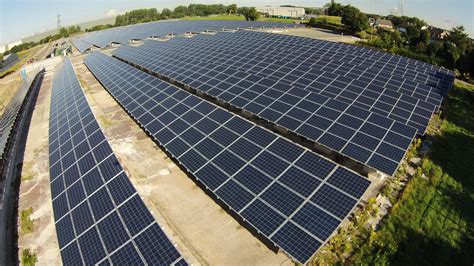 The Rise of Solar Farms: Large-Scale Solar Power Generation
22 February 2024 by Admin
The Rise of Solar Farms: Large-Scale Solar Power Generation
22 February 2024 by Admin
Solar power has gained significant traction in recent years as a clean, renewable energy source that has the potential to revolutionize the way we generate electricity. Solar farms, also known as sola...
![Environmental Impact of Solar Energy [Positive/Negative]](/image/blogseasourcedatacom/the-environmental-impact-of-solar-energy.jpg) The Environmental Impact of Solar Energy
22 February 2024 by Admin
The Environmental Impact of Solar Energy
22 February 2024 by Admin
Solar energy is a renewable source of power that has gained popularity in recent years due to its numerous benefits, including reducing reliance on fossil fuels and decreasing greenhouse gas emissions...
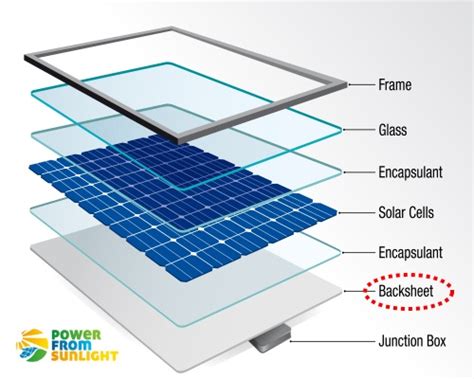 The Components and Construction of Solar Panels
22 February 2024 by Admin
The Components and Construction of Solar Panels
22 February 2024 by Admin
Solar panels are an essential part of renewable energy systems, converting sunlight into electricity. Understanding the components and construction of solar panels is crucial for anyone looking to inv...
 The Importance of Solar Energy Conversion Efficiency
22 February 2024 by Admin
The Importance of Solar Energy Conversion Efficiency
22 February 2024 by Admin
Solar energy is a renewable and abundant source of energy that has the potential to meet a significant portion of our energy needs. With advancements in technology, solar energy has become more afford...
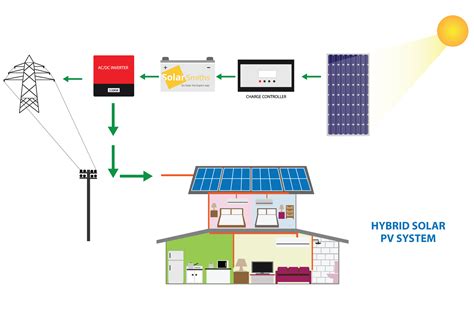 Types of Solar Power Systems
22 February 2024 by Admin
Types of Solar Power Systems
22 February 2024 by Admin
Solar power systems are becoming increasingly popular as a renewable energy source. There are several different types of solar power systems available, each with their own unique features and benefits...
 The Application of Solar Energy in Residential Settings
22 February 2024 by Admin
The Application of Solar Energy in Residential Settings
22 February 2024 by Admin
Solar energy is a renewable source of energy that has gained popularity in recent years due to its numerous benefits, including its low environmental impact and potential cost savings. In residential ...
 The Role of Solar Energy in Commercial and Industrial Sectors
22 February 2024 by Admin
The Role of Solar Energy in Commercial and Industrial Sectors
22 February 2024 by Admin
Solar energy has become an increasingly popular source of renewable energy in recent years, particularly in the commercial and industrial sectors. With advancements in technology and decreasing costs,...
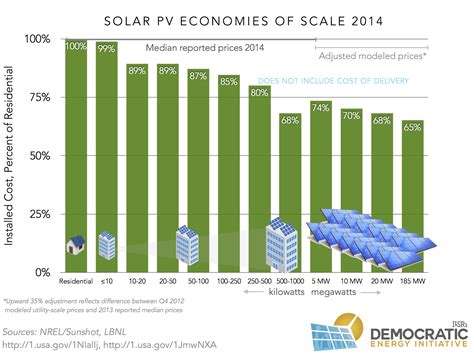 The Economics of Solar Power Costs and Benefits
22 February 2024 by Admin
The Economics of Solar Power Costs and Benefits
22 February 2024 by Admin
As the world continues to face pressing environmental challenges, the need for renewable energy sources has become more urgent than ever. Solar power, in particular, has emerged as a promising alterna...
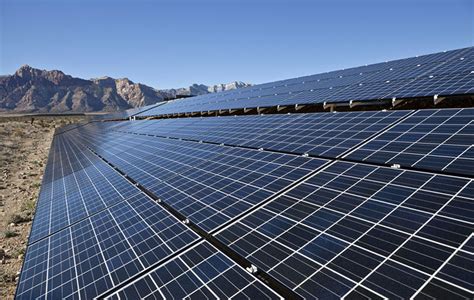 The Role of Solar Energy in Climate Change Mitigation
22 February 2024 by Admin
The Role of Solar Energy in Climate Change Mitigation
22 February 2024 by Admin
Climate change is one of the most pressing issues of our time, with the potential to greatly impact the future of our planet. As global temperatures rise and extreme weather events become more common,...
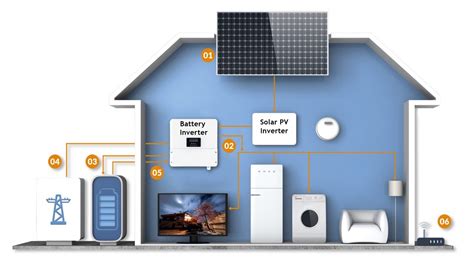 Solar Energy Storage Solutions
22 February 2024 by Admin
Solar Energy Storage Solutions
22 February 2024 by Admin
Solar energy has become an increasingly popular renewable energy source in recent years. As technology continues to advance, more and more homeowners and businesses are turning to solar panels to powe...
 Solar Power in Developing Countries
22 February 2024 by Admin
Solar Power in Developing Countries
22 February 2024 by Admin
Solar power, also known as solar energy, has become an increasingly popular source of renewable energy in developing countries. With the advancement of technology and the decreasing costs of solar pan...
 Challenges and Solutions in Solar Energy Implementation
22 February 2024 by Admin
Challenges and Solutions in Solar Energy Implementation
22 February 2024 by Admin
Solar energy is a renewable source of energy that has gained popularity in recent years due to its environmental benefits and decreasing costs. However, there are still challenges that need to be over...
 The Importance of Government Incentives for Solar Energy Adoption
22 February 2024 by Admin
The Importance of Government Incentives for Solar Energy Adoption
22 February 2024 by Admin
Solar energy has been gaining popularity as a clean and renewable source of energy that can help reduce our reliance on fossil fuels. However, the high upfront costs of installing solar panels can be ...
 The Impact of Solar Energy on Job Creation
22 February 2024 by Admin
The Impact of Solar Energy on Job Creation
22 February 2024 by Admin
Solar energy has become a major player in the renewable energy sector, with more and more countries turning to solar power as a sustainable and clean energy source. In addition to its environmental be...
 The Future of Energy Sustainability: Harnessing Solar Energy
22 February 2024 by Admin
The Future of Energy Sustainability: Harnessing Solar Energy
22 February 2024 by Admin
As the world continues to face challenges in meeting energy demands while also reducing carbon emissions, the focus has turned to renewable energy sources. Among these sources, solar energy stands out...
 The Role of Solar Energy in Space Exploration
22 February 2024 by Admin
The Role of Solar Energy in Space Exploration
22 February 2024 by Admin
Solar energy has played a crucial role in the advancements of space exploration. Since the beginning of space travel, solar power has been utilized to fuel spacecrafts, power rovers on other planets, ...
 The Basics of Solar Energy
22 February 2024 by Admin
The Basics of Solar Energy
22 February 2024 by Admin
Solar energy is a renewable source of energy that is derived from the sun's rays. It is becoming increasingly popular as countries around the world strive to reduce their reliance on fossil fuels and ...
 Harnessing the Power of the Sun: A Sustainable Energy Solution
22 February 2024 by Admin
Harnessing the Power of the Sun: A Sustainable Energy Solution
22 February 2024 by Admin
The sun has long been a powerful source of energy for our planet. From providing warmth and light to supporting the growth of plants through photosynthesis, the sun plays a crucial role in sustaining ...